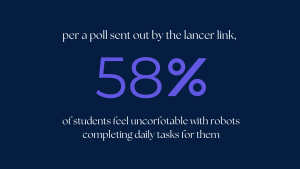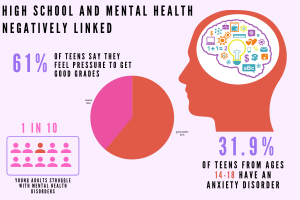Editorial: How this change in dress code affects you
October 17, 2017
When students transition from middle school into high school, many of them, mostly girls, cannot wait to wear their short shorts, their tank tops, and most of all, their flip flops. Although the dress code is not less strict in high school, it is a lot less enforced. So, girls tend to wear what they choose, and have no fear of being dress-coded.
Before we move any further, to whomever may be reading this article, please note that us writers are seven very feminist, very biased, female students. This year, there have been changes made to the dress-code, including off-the-shoulder shirts. If you take a look around the school, you will see more than one female student wearing each day. This is a very unnecessary change in the dress code.
As women, we dress to impress. Not just others, but ourselves. We like to make ourselves feel good about our outfit choices. Having the ability to wear anything in our closet boosts our self-confidence, boosts our self-esteem, and this may be surprising, but boosts our test scores.
Now we have your attention.
Yes. It is statistically proven that students score higher when they are dressed in something comfortable, or something that makes them feel confident. Female students here at Carlsbad High School are no exception. When women are put down for wearing something that may be a little questionable to some individuals, the self-confidence we once had is immediately taken away.
One may also notice how males are rarely dress-coded. No, they do not wear short shorts as girls do. No, they do not wear spaghetti straps like girls do. No, they do not wear midriff tops like girls do. But how do you think this makes girls feel? We will tell you. We feel discriminated against. We feel embarrassed. We feel shamed for our choice in clothing. We feel angry at others for making us feel this way.
So why is dress code heavier on females?
Males are free to wear bathings suits, and females are not. Males wear athletic clothes, and females are shamed for it. Males can go shirtless, yet females cannot show a sliver of skin without being harassed by ignorant high school boys. These are only three examples of situations where females are restricted for their outfits and males are not. This also describes the consequences of this sexist dress code we have here at Carlsbad.
Inappropriate outfits do not hinder students learning; dress-coding does. When a student is dress-coded, he or, usually she, is sent to the office to change her pants or wear the shirt of shame. Because of the sexist dress code, male education is instantly put above females.















